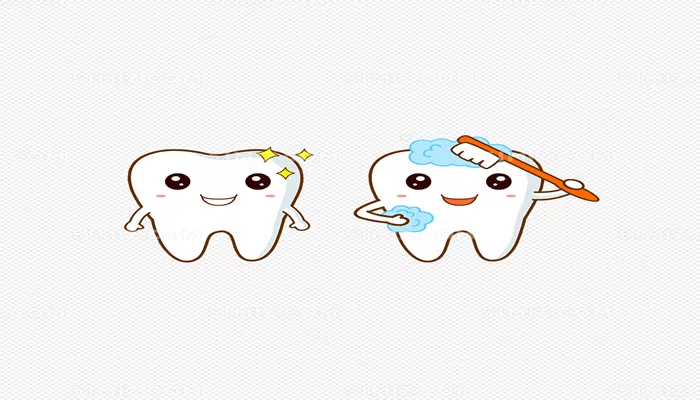Gum disease, also known as periodontal disease, is a common oral health issue that affects millions of people worldwide. It begins with gingivitis, an inflammation of the gums, and can progress to more severe forms of periodontal disease, which can lead to tooth loss and other serious health problems. Many individuals wonder whether antibiotics can effectively cure gum disease. This article will explore the nature of gum disease, the role of antibiotics in treatment, and whether they can be considered a cure.
Understanding Gum Disease
What is Gum Disease?
Gum disease is an infection of the tissues that support the teeth. It is primarily caused by the accumulation of plaque, a sticky film of bacteria that forms on the teeth. If plaque is not removed through regular brushing and flossing, it can harden into tartar, which can only be removed by a dental professional. Gum disease can be categorized into two main types:
Gingivitis: This is the mildest form of gum disease. It is characterized by redness, swelling, and bleeding of the gums, especially during brushing or flossing. Gingivitis is usually reversible with good oral hygiene and professional dental care.
Periodontitis: This is a more severe form of gum disease that occurs when gingivitis is left untreated. It involves the destruction of the supporting structures of the teeth, including the bone. Periodontitis can lead to tooth mobility and loss if not managed properly.
Causes of Gum Disease
The primary cause of gum disease is poor oral hygiene, which allows plaque to build up on the teeth. Other contributing factors include:
Tobacco use: Smoking or chewing tobacco can impair gum health and hinder healing.
Hormonal changes: Changes during puberty, menstruation, pregnancy, and menopause can affect gum health.
Medical conditions: Certain diseases, such as diabetes, can increase the risk of gum disease.
Medications: Some medications can reduce saliva flow, increasing the risk of gum disease.
Genetics: A family history of gum disease can increase susceptibility.
The Role of Antibiotics in Treating Gum Disease
When are Antibiotics Used?
Antibiotics are medications used to treat bacterial infections. In the context of gum disease, they may be prescribed in certain situations:
Severe Periodontitis: In cases of advanced periodontitis, antibiotics may be used alongside scaling and root planing (a deep cleaning procedure) to help control the infection.
Localized Infections: If a specific area of the gums is severely infected, antibiotics may be applied directly to that site.
Systemic Infections: In some cases, if the infection has spread and poses a risk to overall health, systemic antibiotics may be prescribed.
Types of Antibiotics Used
Several types of antibiotics may be used to treat gum disease, including:
Tetracycline: This antibiotic is often used for treating periodontal infections. It can also be applied topically in a controlled-release form.
Metronidazole: This antibiotic is effective against anaerobic bacteria, which are commonly found in periodontal infections.
Amoxicillin: This broad-spectrum antibiotic can be used in combination with other treatments.
Can Antibiotics Cure Gum Disease?
The Limitations of Antibiotics
While antibiotics can be an effective part of the treatment plan for gum disease, they are not a standalone cure. Here are several reasons why antibiotics alone cannot cure gum disease:
Underlying Causes: Antibiotics do not address the underlying causes of gum disease, such as poor oral hygiene and plaque accumulation. Without proper oral care, the disease is likely to recur.
Resistance: Overuse of antibiotics can lead to antibiotic resistance, making future infections harder to treat.
Temporary Relief: Antibiotics may help reduce bacterial levels temporarily, but they do not restore gum health or prevent future disease.
Need for Professional Care: Effective treatment of gum disease requires professional dental care, including scaling and root planing, which physically removes plaque and tartar from the teeth and roots.
The Importance of Comprehensive Treatment
To effectively manage and potentially cure gum disease, a comprehensive treatment plan is necessary. This plan typically includes:
Professional Dental Cleanings: Regular cleanings by a dental hygienist help remove plaque and tartar buildup.
Scaling and Root Planing: This deep cleaning procedure removes plaque and tartar from below the gum line and smooths the tooth roots, making it harder for bacteria to adhere.
Improved Oral Hygiene: Patients must commit to a rigorous home care routine that includes brushing twice a day, flossing daily, and using antibacterial mouthwash if recommended.
Lifestyle Changes: Quitting smoking, managing diabetes, and maintaining a healthy diet can significantly improve gum health.
Regular Dental Checkups: Routine visits to the dentist allow for early detection and management of gum disease.
Conclusion
Gum disease is a prevalent condition that can lead to serious oral and systemic health issues if left untreated. While antibiotics can play a role in the management of gum disease, they are not a cure. Effective treatment requires a comprehensive approach that includes professional dental care, improved oral hygiene practices, and lifestyle changes.
Antibiotics can help reduce bacterial infection and inflammation, but they do not address the underlying causes of gum disease. Therefore, it is crucial for individuals to seek regular dental care and maintain good oral hygiene to prevent and manage gum disease effectively. By understanding the limitations of antibiotics and the importance of comprehensive treatment, patients can take proactive steps toward achieving and maintaining optimal oral health.
Related topics:

